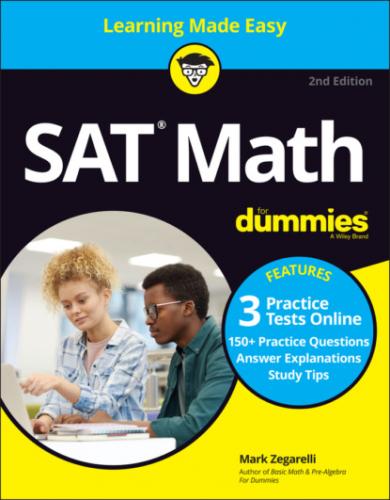An SAT question may ask you to simplify a radical. For example:
(A)
(B)
(C)
(D)
The number 72 is divisible by 9, so you can factor and simplify
Although
This result is the most simplified form of
Adding and subtracting radicals
You can only add equivalent radicals. For example:
|
|
|
|
You can add radical expressions that have the same radical parts by adding coefficients. For example:
|
|
|
|
You can also subtract radicals in the same way:
|
|
|
|
In some cases, you can add or subtract radical expressions with non-equivalent radical parts by simplifying them using the factoring method I describe in the previous section. For example, here’s an SAT question that depends upon your understanding this idea:
(A)
(B)
(C)
(D)
Begin by factoring
|
|
|
Now, rewrite
So Answer C is correct.
Rationalizing radicals in the denominator
In some cases, when a radical appears in the denominator of a fraction, an SAT question will require you to rationalize the denominator — that is, find an equivalent form of that fraction with an integer in the denominator.
To rationalize the denominator of a fraction, multiply both the numerator and denominator by the radical that’s in the denominator. For example, here’s how you rationalize
In some cases when rationalizing, you may need to simplify the result. For example, here’s how you rationalize
This result can be simplified by dividing both the numerator and the denominator by 2:
